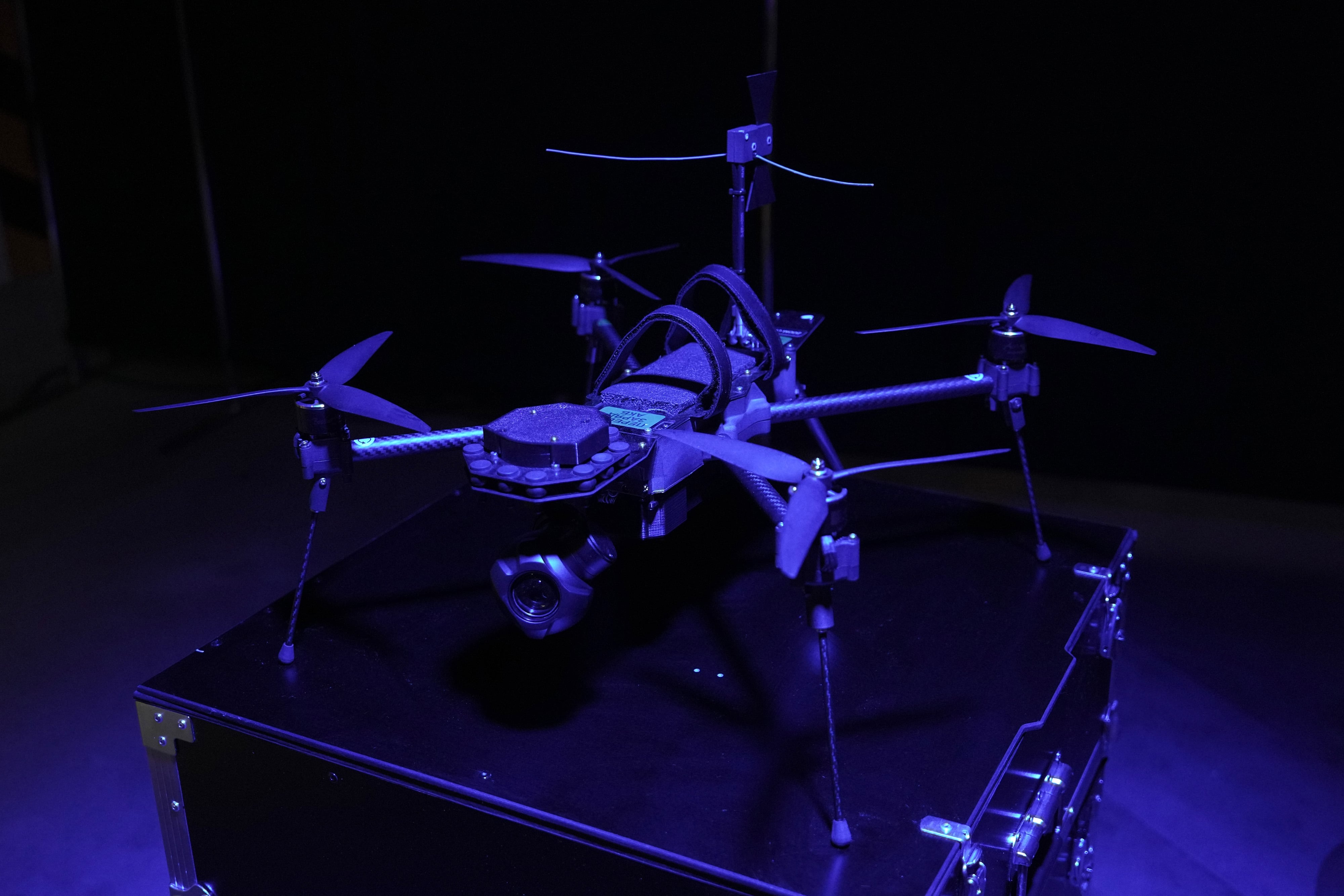WASHINGTON — Congress signaled its confidence in the Pentagon’s young artificial intelligence office through a series of measures that increase its standing in the agency, including giving its director acquisition authority.
The annual defense policy bill, called the fiscal 2021 National Defense Authorization Act, would alter the reporting structure of the Joint Artificial Intelligence Center, raising the office to report directly to the deputy secretary of defense, instead of the department’s chief information officer. The bill, which still needs President Donald Trump’s approval, establishes a board of advisers to give the center strategic advice and technical expertise on AI matters.
The measures to bolster the importance of the Joint Artificial Intelligence Center come as the organization pivots from focusing on artificial intelligence projects to identifying and solving problems within the services using AI. The JAIC was established in 2018 to increase the adoption of AI across the Pentagon.
Until now, the office hasn’t had acquisition authority. The NDAA would authorize a maximum of $75 million for the JAIC director for the “development, acquisition and sustainment of artificial intelligence technologies, services and capabilities through fiscal year 2025.” This year the JAIC has repeatedly mentioned the challenges that the current acquisition process causes. Its contract awards usually relied on the General Services Administration or Defense Innovation Unit, an entity also meant to speed up the acquisition process.
More autonomy over acquisitions could streamline the process to get the services AI technology faster, said Lindsey Sheppard, a fellow at the Center for Strategic and International Studies.
“Finding available contracting vehicles can be a big challenge for technology development efforts,” she said in an email. “You may have identified a mission need and have a great solution, but no available contract vehicle. And it can take years to get something in place. This NDAA would clear that roadblock by giving the JAIC its own acquisition authorities to get technology in the door.”
Air Force Lt. Gen. Jack Shanahan, former director of the JAIC until he retired in June, called for the authority back in May. At the time, he said the lack of acquisition authorities was slowing the agency down when it needed to go faster.
Martijn Rasser, a senior fellow at the Center for a New American Security, told C4ISRNET that the new authority would help bring nontraditional contractors into the fold.
“This will enable JAIC to speed up the process and gives them the opportunity to level the playing field for small and nontraditional tech companies, which is key to ensuring DoD has access to the broadest array of AI solutions as possible,” Rasser said.
Elevating the JAIC to a direct report of the deputy secretary is an important step in recognizing the office’s importance, experts said, especially as tech priorities could change under a new presidential administration.
“The JAIC reporting directly to the deputy secretary of defense says that regardless of how that shuffling comes out in the next few months, AI will still be a significant priority and its place on the org chart reflects that,” Sheppard said.
The NDAA also would direct the defense secretary to establish a board of advisers for the JAIC on technical issues, ethical challenges and workforce issues related to AI use. The board, appointed by the secretary and made up of industry and academic experts, also would guide long-term AI studies and strategies. It would meet at least once a quarter and submit a report annually summarizing its work.
This has been an important year for the JAIC as it started its first warfighting initiative and pivoted to play a role in the DoD’s COVID-19 response. The center also had a change in leadership this year after Marine Corps Lt. Gen. Michael Groen took over from Shanahan.
Meanwhile, the JAIC also rolled out “JAIC 2.0,″ a realignment of its AI programs, called national mission initiatives, to better match warfighting needs and identify challenges in the services where AI can help.
“What we want to do is seek out problems,” Groen said last month. “If in JAIC 1.0, we built technologies and then tried to find a market for them, [then] in JAIC 2.0, we’re going to be problem-pull. We’re going to build the relationships across the department to help us understand where the most compelling problems are so then we can pull our technology development and enablement in that direction.”
Andrew Eversden covers all things defense technology for C4ISRNET. He previously reported on federal IT and cybersecurity for Federal Times and Fifth Domain, and worked as a congressional reporting fellow for the Texas Tribune. He was also a Washington intern for the Durango Herald. Andrew is a graduate of American University.








